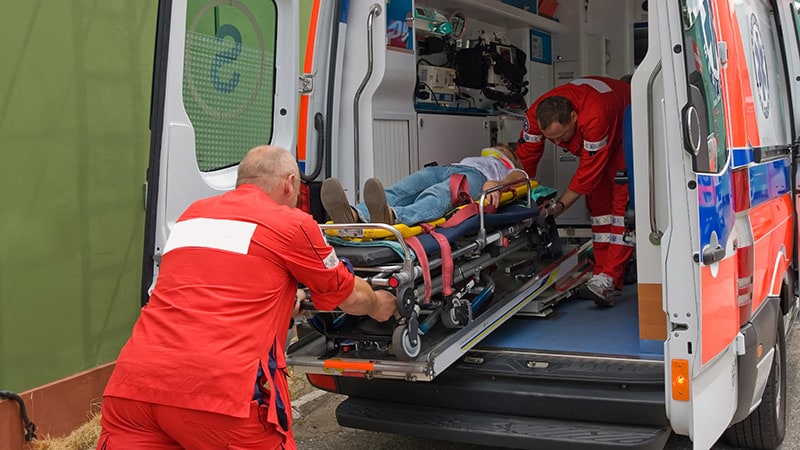Takeaway
- Emergency physicians staffing remote locations should be trained and equipped to perform pretransfer cranial burr holes, argue the authors of this case series.
Why this matters
- An expanding extra- or subdural hematoma is “akin to and equally as lethal as a tension pneumothorax,” they say, while a chest tube is “an intervention far more invasive and potentially dangerous than drilling a burr hole.”
- Craniotomy is a “straightforward skillset.”
- Authors work ≥2.5 hours from nearest neurosurgeon.
Key results
- 32-year-old presented after motor vehicle collision (MVC) with extradural hemorrhage and midline shift.
- Guided by surface landmarks, the emergency physician drilled a burr hole and evacuated the hematoma.
- Pupils returned to normal.
- Patient reached neurosurgical expertise 8 hours after the accident and ultimately recovered.
- 31-year-old presenting after MVC had extradural hemorrhage with uncal herniation.
- He too underwent emergency department (ED) craniotomy.
- Vital signs immediately normalized.
- He required “extensive craniectomy” upon arrival at neurosurgery.
- Patient has an “improving central cord syndrome” and normal cognition.
- Both procedures were done in consultation with a neurosurgeon and radiologist.
- Both patients required repeat hematoma evacuation during transfer.
- Literature review suggests prompt pretransfer decompression is associated with better outcomes.
Study design
- Case series, literature review, and discussion.
- Funding: None.
Limitations
- Available literature is limited.
References
References


